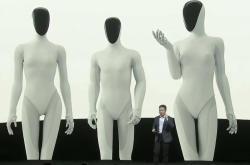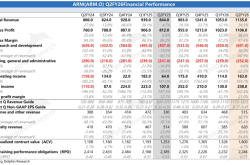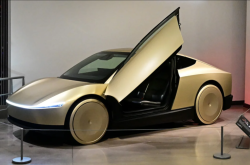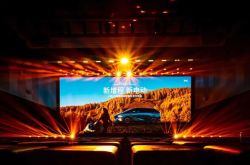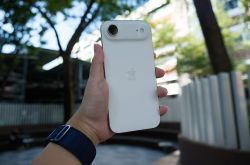Spending 250,000 Yuan on a Pure Electric SUV: Tesla No Longer Tops Young Buyers' List
![]() 06/18 2025
06/18 2025
![]() 669
669
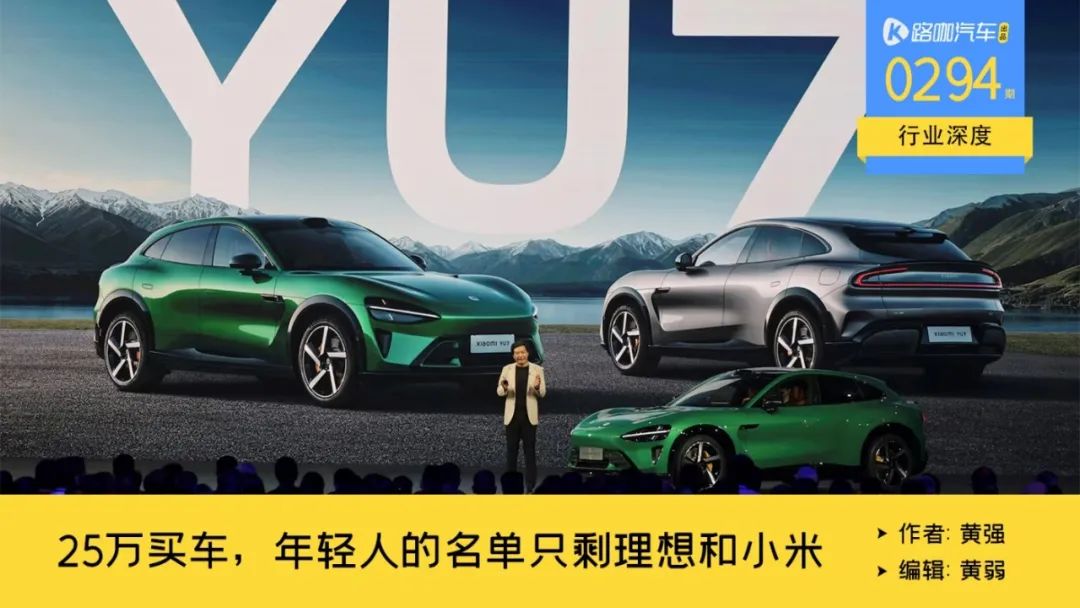
Tesla salespeople now find it challenging to sell cars to young people.
Lei Jun's official announcement that Xiaomi's YU7 will launch ahead of schedule has quickly shifted young people's attention. Similarly, Li Xiang's i6, revealed through the MEGA promotional model, has also garnered significant interest.
"This year, none of the customers who have placed orders are post-1995 born," says Li Qun, who has been working at a Tesla sales outlet for over two years. This is the most significant change he has noticed in the consumer group this year. It is said that the fashion industry cycles every three years, and the same applies to today's youth. Li Qun has curiously studied the car owners who have completed transactions through him. In 2024, he could still easily sell cars to young people, but since entering 2025, the situation has drastically changed.

Yes, Tesla still maintains strong competitiveness in the pure electric SUV market, but its position and challenges are weakening. In 2023, the Model Y was the sales champion in China's passenger car market with sales of 646,800 units. In 2024, it retained its position as the SUV sales champion with 480,300 units, thanks to policies such as a 0% interest rate for five years. The classic scene in 2024 was when models like the Ledo L60, Zeekr 7X, ZEEKR R7, and AITO 07, representing six major factions, surrounded the top spot, but the Model Y remained undefeated. In 2025, Model Y sales are still good, but it is no longer invincible.
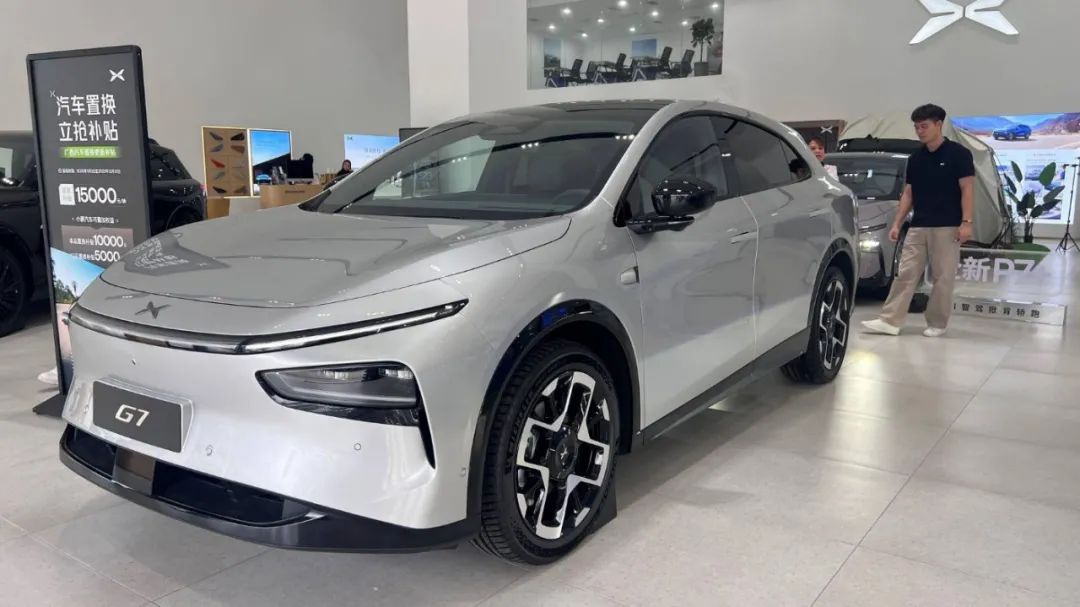
"It's completely different from the XPeng MONA M03 crowd. Those who come to see the car are white-collar workers or families," Chen Ke's experience shows that even XPeng, which has been very successful in the past year, cannot break through the circle like Xiaomi or Li Xiang. Ultimately, the XPeng G7 is still competing for the same users as the Model Y, which has been in the market for many years.
Are only Xiaomi and Li Xiang on the list of young people born after 1995?
"Tesla doesn't attract me now," said Liu Shang, born in 1998. Although his opinion is just one person's view, it does represent many young consumers born after 1995. With increasing knowledge of cars and the deep integration of cars and digital products, the consumption concepts of contemporary young people have also followed the general logic of changing every three years.
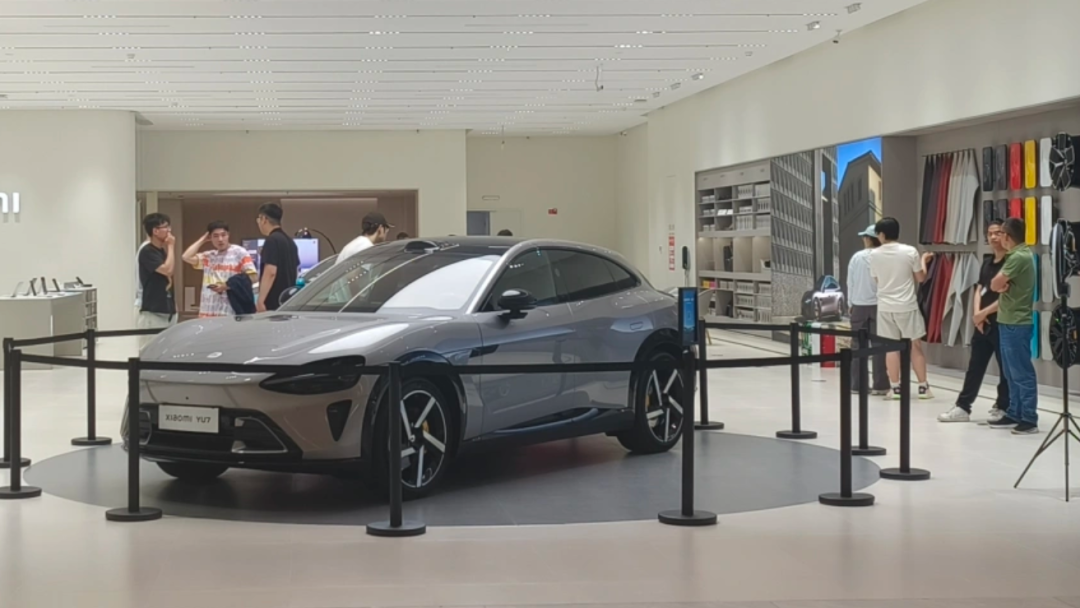
This is not a mystical topic but an established fact that has occurred in many fields in recent years.
For example, in the consumer electronics field, the current major cycle is a change every three years. This is closely related to the development logic of chips. Taking Qualcomm in the smartphone field as an example, it accounted for one-third of smartphone shipments in 2024. Qualcomm's chip update cycle, especially for its flagship chips, is usually once a year, but the lifecycle of its core technology and architecture can last about three years.
The logic for smartphones is the same, but the logic for new energy vehicles is more complex due to the significant increase in consumption costs and the fierce competition in the Chinese automobile market. Therefore, consumers' purchasing patterns are also as optimal as possible.
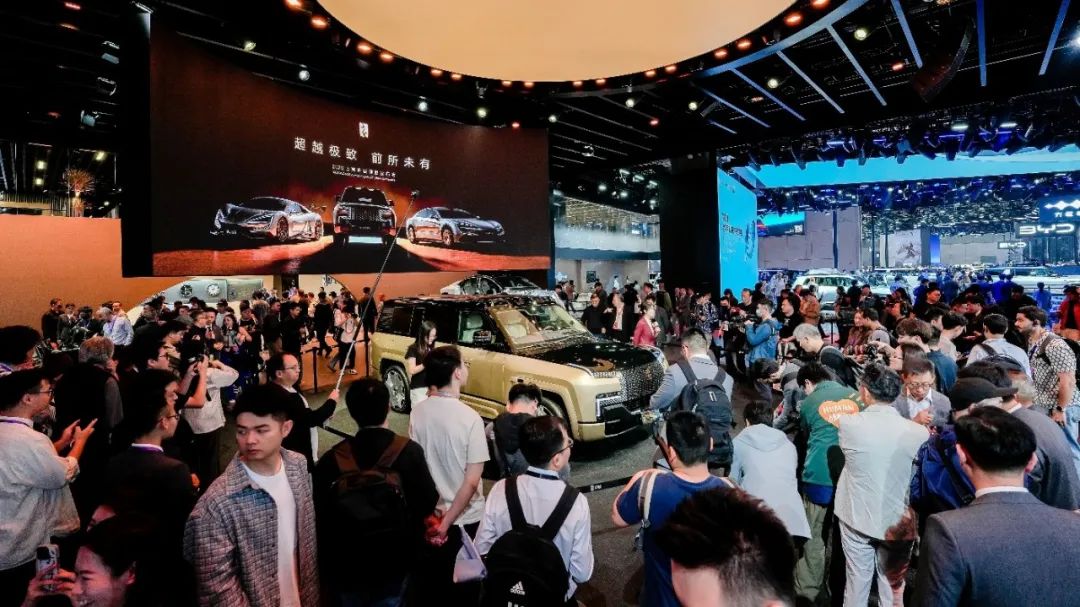
A decade ago, in 2014, the car ownership rate per thousand people in the Chinese market was about 106 vehicles/thousand people. By 2024, it had risen to 250 vehicles/thousand people. Nowadays, young people buy cars just like buying mobile phones, with diverse interests. In other words, only having strong cost-effectiveness, such as making a bucket car like a smartphone, can attract the general public but may not capture young people.
And what they need, in addition to the value brought by the product, is more emotional value or identity recognition value.
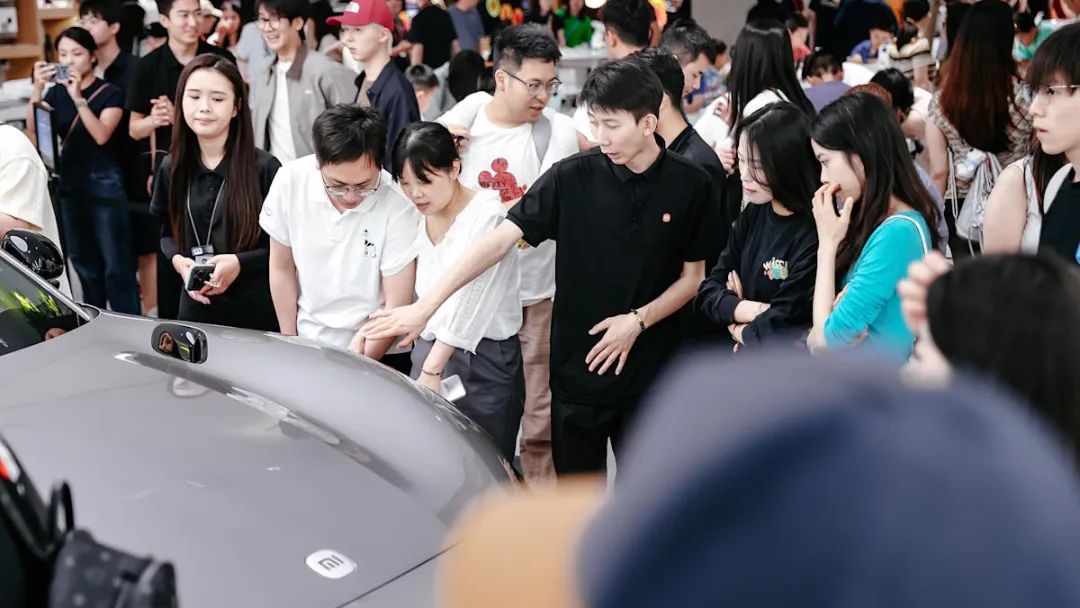
In Liu Shang's eyes, Tesla is a family car. Although he is almost 30 years old, he does not want a stable family car right now; he wants to buy more than just a car. He wants a car with cutting-edge technology in all aspects and a popular brand.
It is a fact that consumption habits vary across age groups, so there is no need to compare. But the group represented by Liu Shang is similar to the rise of the Volkswagen Sagitar in the era of fuel vehicles over a decade ago. At that time, people born after 1985 needed a fast and family-friendly car, so its annual sales exceeded 300,000 units in 2014. Essentially, there is not much difference. The Sagitar can accelerate from 0 to 100 km/h in under 10 seconds, while its competitors in the same class, such as the Nissan Sylphy, Toyota Corolla, and Honda Civic, take more than 10 seconds.
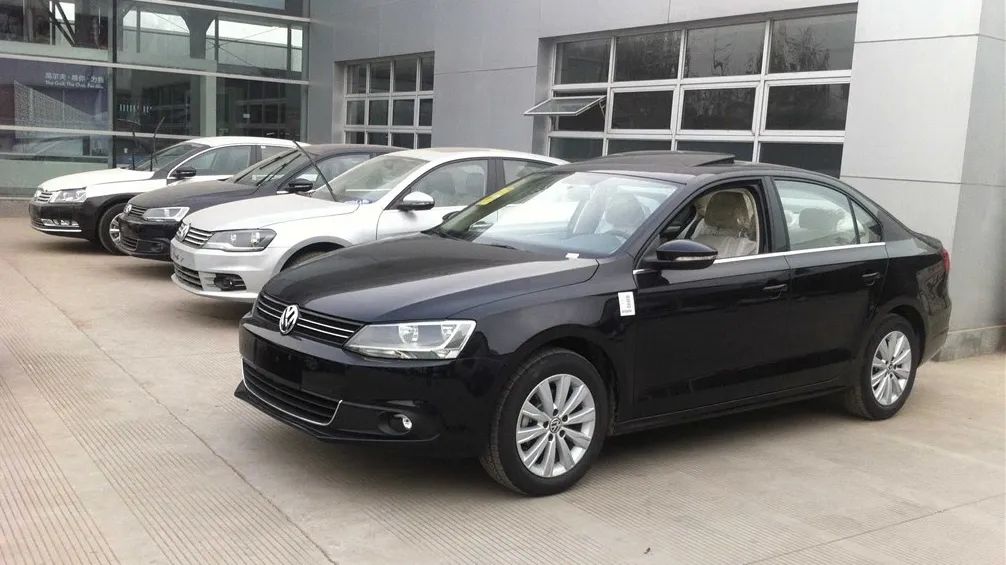
For the current young generation, the cars provided by car companies not only need to have no obvious shortcomings but also have particularly obvious strengths. For example, taking the rise of XPeng MONA M03 as an example, its success is first because its design appeals to people born after 1995, especially women. Secondly, it has a low price within 150,000 yuan and the longest range at the same price point. At the same time, it has some unique functions that cater to young people, such as automatic parking assistance or Buddhist beads and wooden fish.
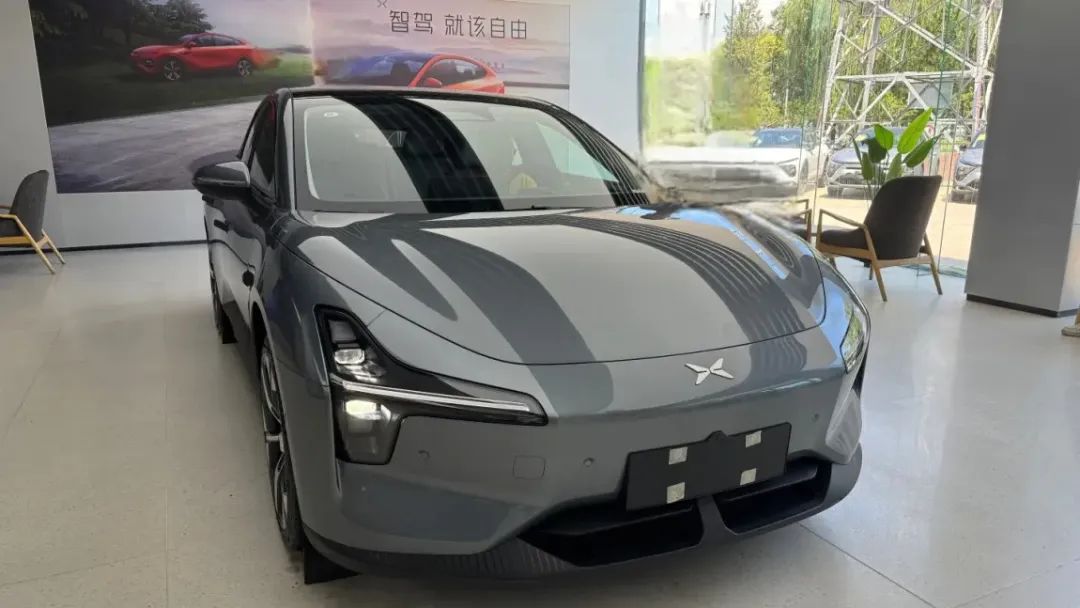
The reasons why Xiaomi YU7 and Li Xiang i6 can squeeze many mainstream models out of young people's consumption list are the same: unique appearance, unique brand, and absolute technological strengths.
The reason cars are selling like hotcakes is essentially because what is being bought is more than just a car.
Judging from the latest series of official announcements, it is easy to describe Li Xiang i6 and Xiaomi YU7.
The positioning of Xiaomi YU7 and Li Xiang i6 is diametrically opposed, with the former having a strong sports attribute and the latter having a strong family attribute.
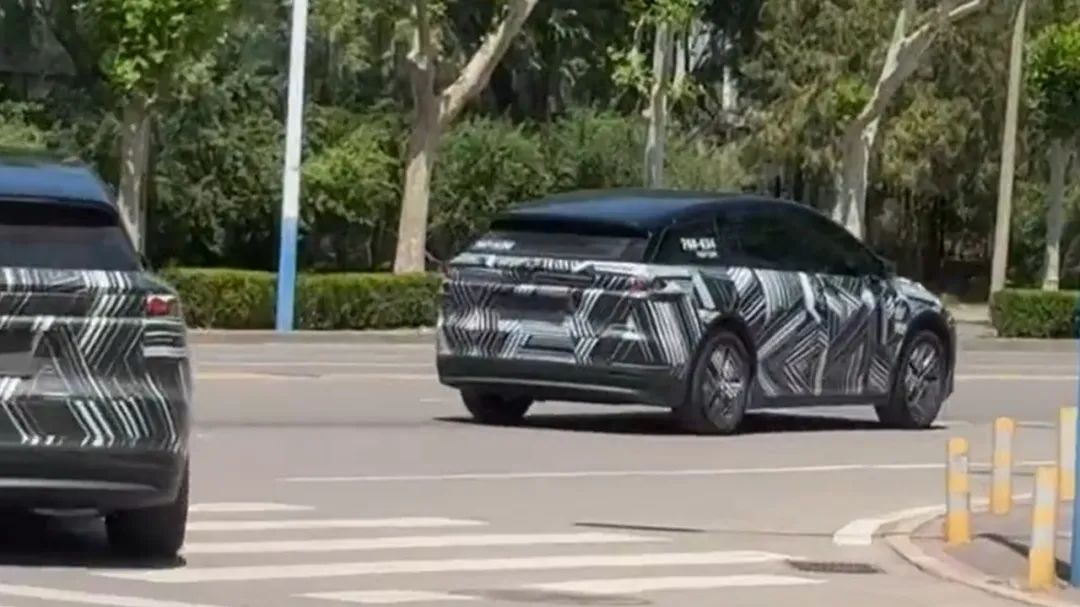
However, despite their originally different positions, there are many similarities, and in our communication with many young users, these similarities have indeed created considerable attractiveness for car-buying groups.
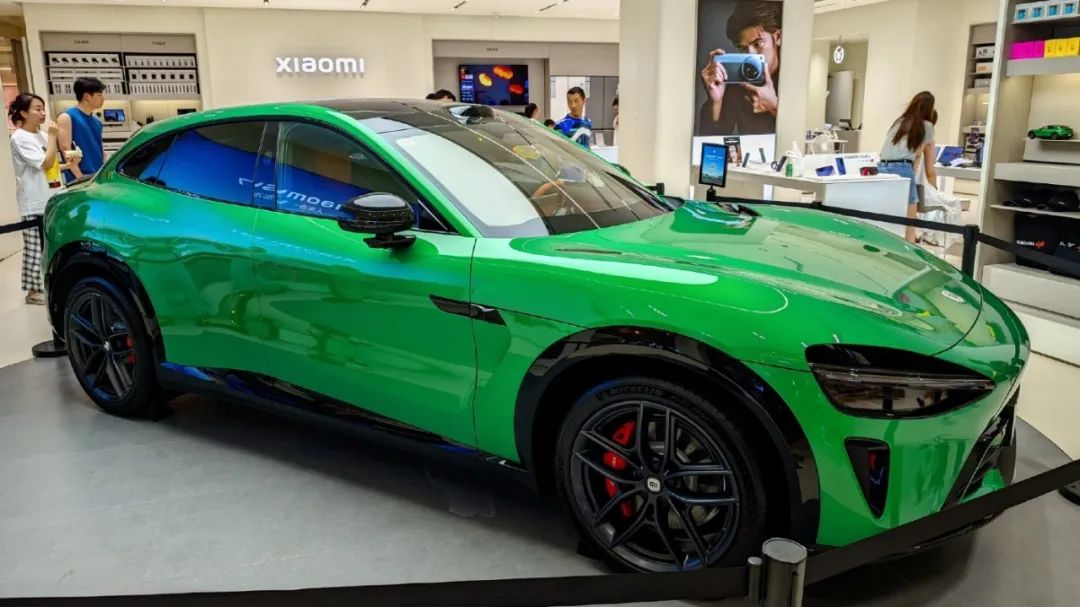
First, in terms of appearance, they both have a great contrast with existing car designs. Xiaomi YU7 has a typical sports car-style SUV look, while Li Xiang i6 innovatively incorporates an MPV style into an SUV. Both have high recognition, with one having a supercar face and the other having a high-speed train head. Therefore, compared to conventional SUV designs, they are easily remembered.
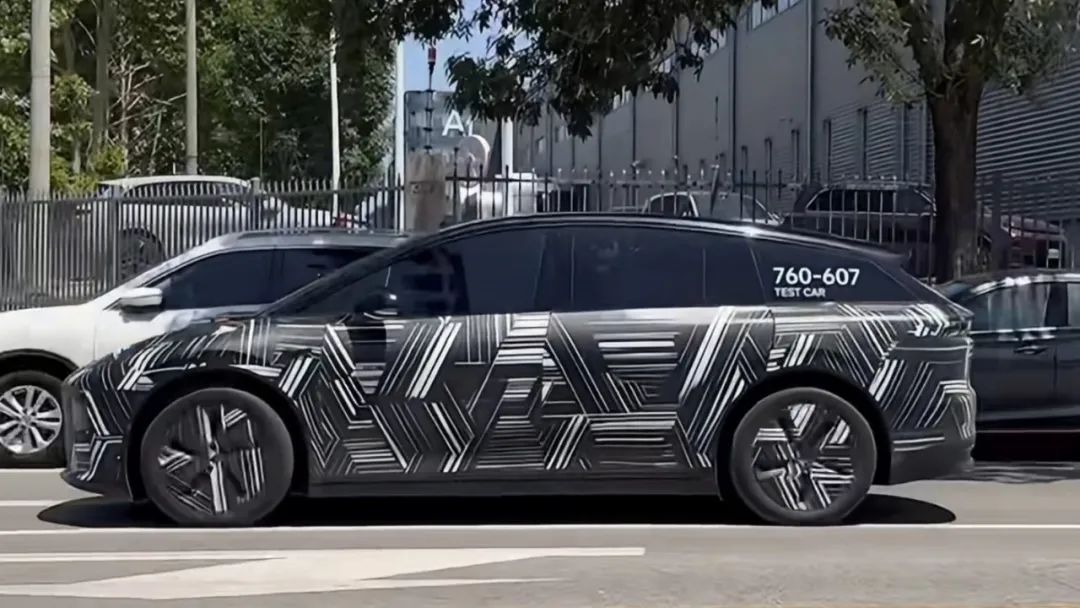
Second, in terms of positioning. Although sports and family use were absolutely conflicting in the automotive market a few years ago, in the era of electrification, because of the cheapening of horsepower and the significant expansion of passenger space due to not needing to arrange an engine, the engineering structure of cars has become easier to a certain extent, thus completing the hedging against perception.
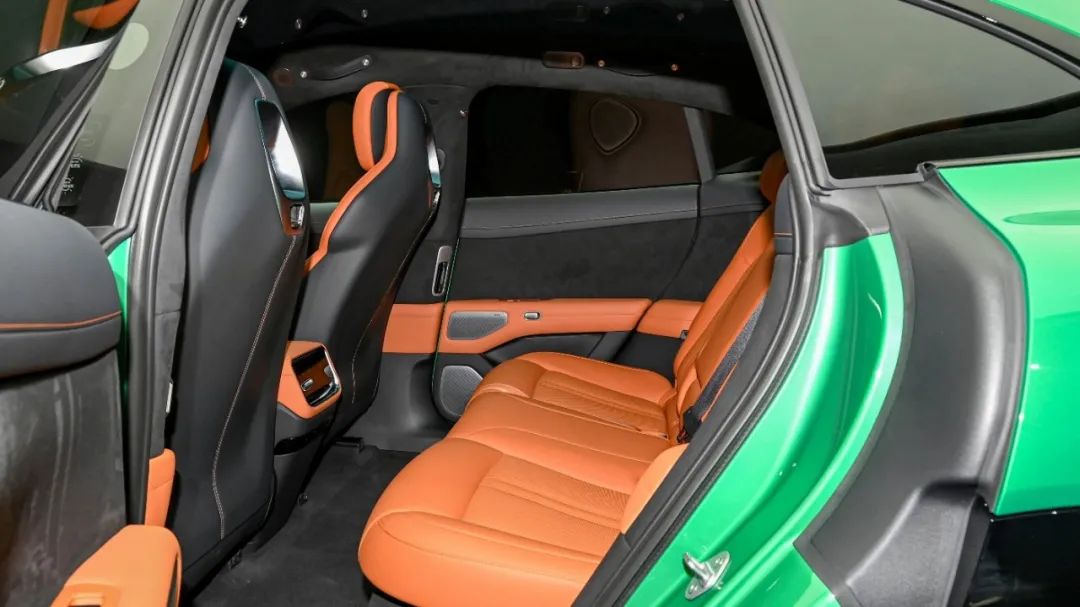
For example, although Xiaomi YU7 has a very sporty sports car-style SUV look, its body length of 4999mm, body width of 1996mm, and wheelbase of 3000mm, combined with the fact that Xiaomi SU7 has already demonstrated its spaciousness with the same logic, means that Xiaomi YU7 has no shortcomings in this area.
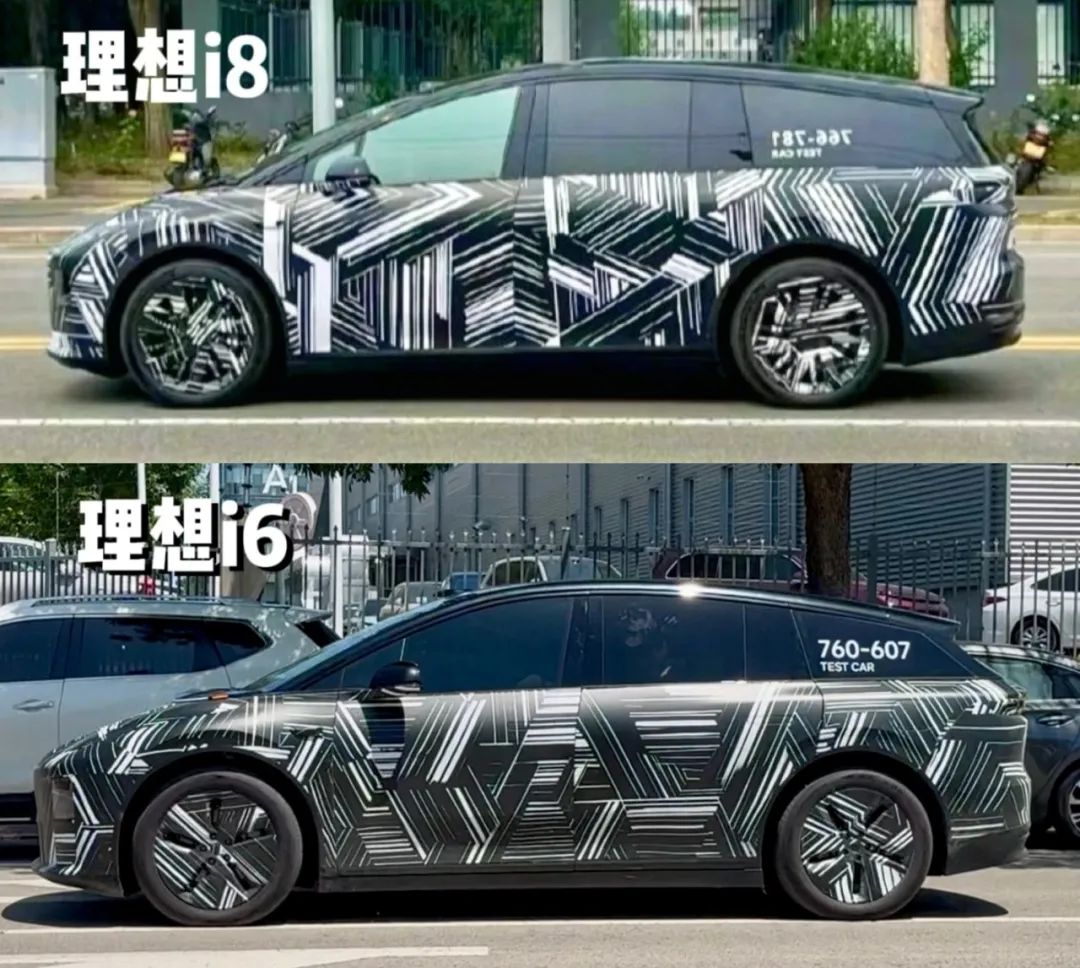
Li Xiang i6 follows the same logic. Although it is positioned as strongly family-oriented, it achieves this by minimizing the common area rate within the car and adding as many home-like functions as possible. For example, after solving the rear safety issue well through technologies such as integrated die-casting, the MPV contour structure can be used to increase interior space. And more importantly, although it is positioned for family use, its performance can also be very strong.
The highlights of Li Xiang i8 have already been declared at the Ministry of Industry and Information Technology, including a high-speed train head, a mini ATL new lidar, a front 150kW + rear 250kW dual-motor four-wheel drive, and a 5C supercharging battery that can add 500 km of range in 12 minutes of charging.
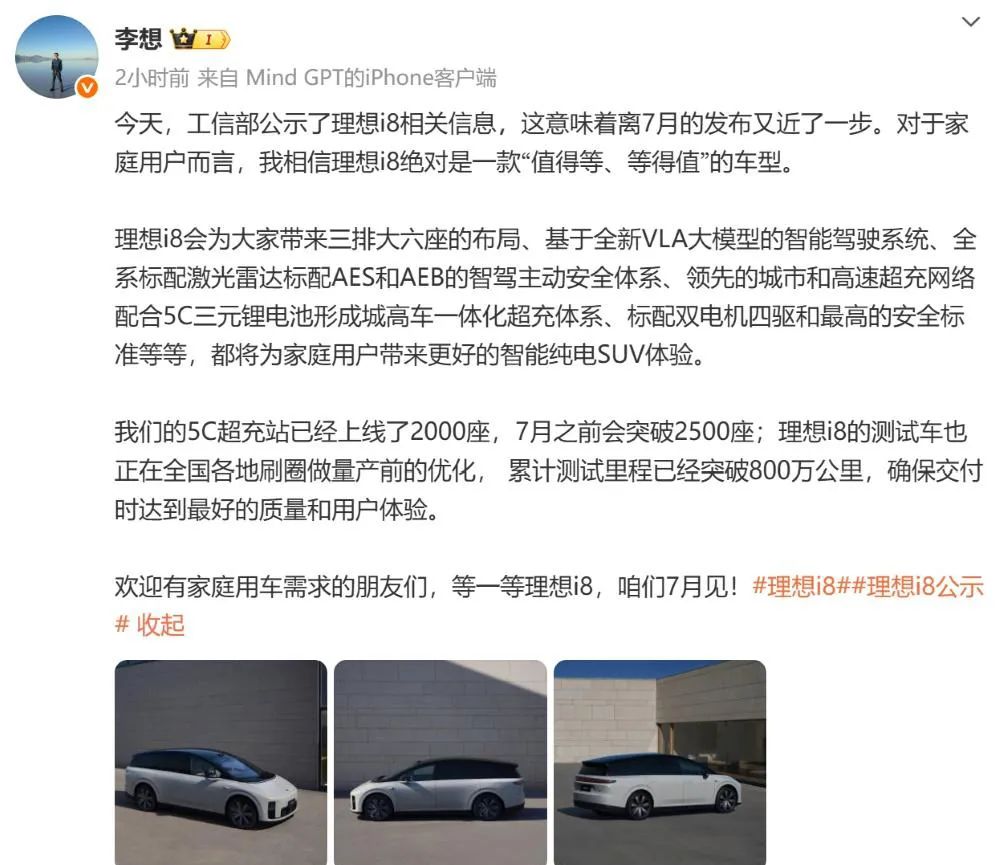
The above points are easily extended to the existence of Li Xiang i6. Li Xiang i8 is a 7-seat pure electric SUV for family use, while Li Xiang i6 is a 5-seat pure electric SUV for family use. Both embody a strong digital product logic.
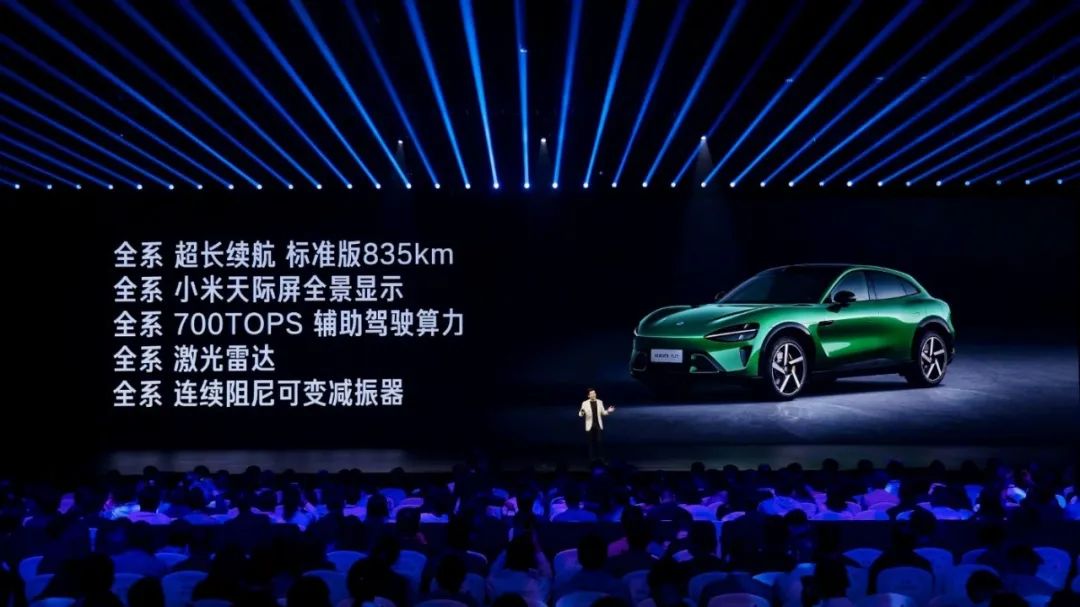
From the perspective of the product's obvious selling points, Li Xiang will use sliding doors on its SUVs, which can be expected to greatly differ from traditional models in daily use experience. Li Xiang's cars will definitely have large screens, and the active AI service capabilities of Li Xiang Tongxue will be enhanced for daily family use. Not to mention Xiaomi YU7, Lei Jun has always been good at creating many independent selling points. The dual-motor four-wheel drive version has 690 horsepower and accelerates from 0 to 100 km/h in 3.23 seconds. The single-motor version has a range of 835 km, and the energy replenishment speed is 200 km in 5 minutes at a 5.2C charging rate. Plus, it has almost fully equipped suspension hardware, including dual-chamber air springs + CDC electromagnetic suspension, and 48V steer-by-wire.
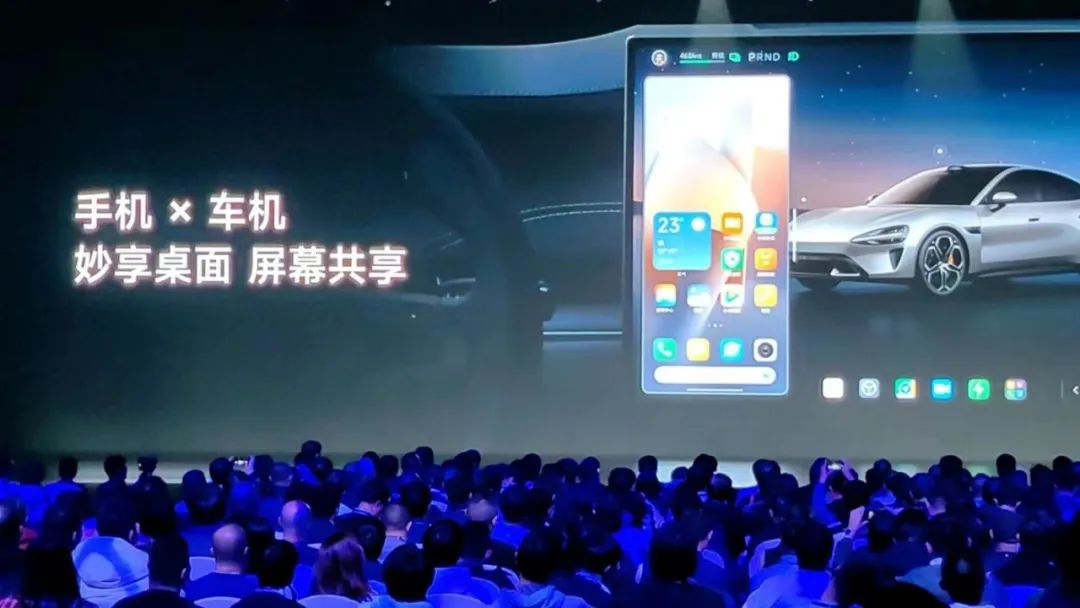
The commonality between the two is that they have many strong points and can create a perception of "lower prices" in niche markets. Of course, in addition to the car itself, both parties have also created other moats that break through the circle. Xiaomi has the support of mobile phones and home ecosystems, while Li Xiang has the support of charging networks.
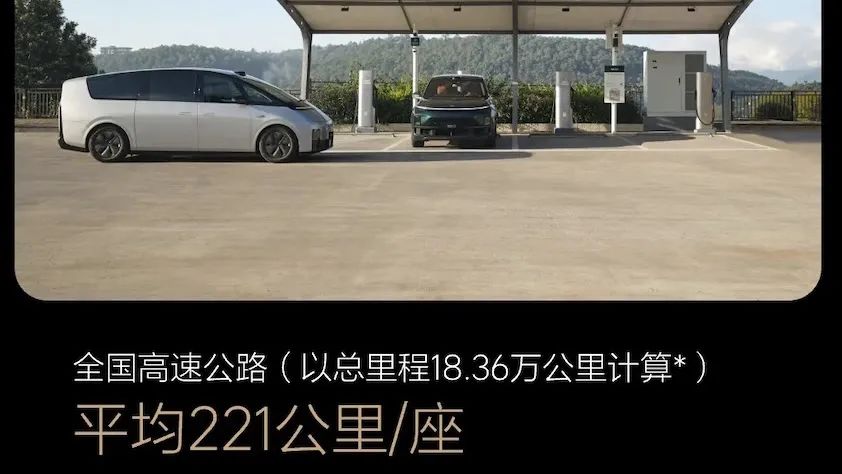
In the past two years, Li Xiang's infrastructure speed has been terrifying, further optimizing Tesla's model. According to the latest data, the number of Li Xiang supercharging stations has reached 2,420, with 13,231 supercharging piles. Tesla has more than 2,000 supercharging stations in the Chinese market, with 11,622 supercharging piles in 2024.
The reason why Li Xiang is said to be an optimization lies in the selection of its supercharging station locations. The proportion of stations on highways is catching up with NIO and far surpassing Tesla, which is also a core pain point for Chinese users.
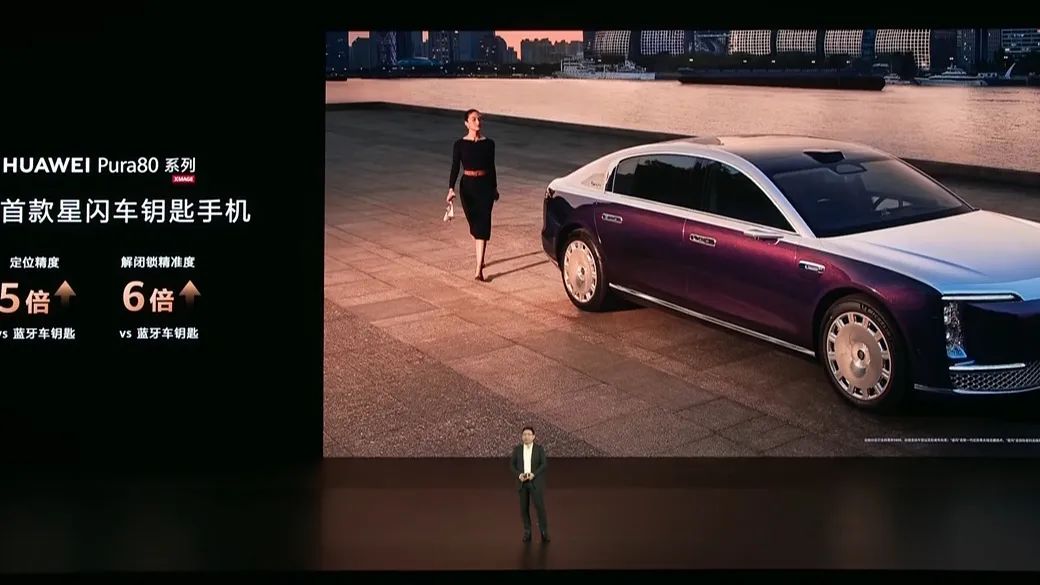
Ultimately, the success of both lies in making consumers feel that they have gained more than just a car after making a purchase.
Xiaomi's ideal is a mobile home, while Li Xiang focuses on people, cars, and homes. Of course, there are many automakers in the industry that are currently pursuing this type of brand perception, but very few have actually succeeded in breaking the circle when reviewed.
Written at the end
Besides these two, Huawei is naturally another one that has broken the circle. It is also a practitioner of this product manager logic. However, due to Huawei's brand attributes and its positioning towards an older age group, although it cannot attract much attention from young people, it can firmly capture the appetite of the middle class.
In the automotive market, the core differences are becoming increasingly apparent. Some automakers choose to build cars using the traditional car manufacturing model, while others choose to build cars in a way that caters to human nature.
Essentially, one is automaker-led car manufacturing, and the other is user demand-led car manufacturing.
Of course, many of the underlying logics will continue to change rapidly because the form of automobiles essentially needs to align with the most mainstream and advanced technological progress. Core chips will switch every three years or less, and the next round of switching is actually not far off.

